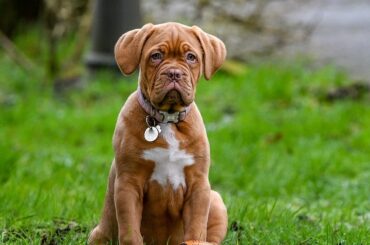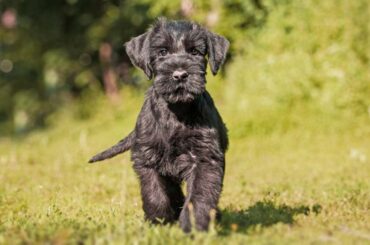Table of Contents
A Comprehensive Guide to German Shepherd Mating
German Shepherds, renowned for their intelligence, loyalty, and versatility, captivate the hearts of dog enthusiasts worldwide. For those involved in responsible breeding practices, understanding the intricacies of German Shepherd mating is not only essential for the well-being of the breed but also crucial for maintaining the breed’s standards and characteristics.

In this article, we embark on a journey into the realm of German Shepherd mating, delving into the unique behaviors, considerations, and best practices that contribute to successful breeding.
Whether you’re a seasoned breeder, a prospective owner, or simply a curious observer, join us as we unravel the mysteries of this remarkable process, exploring the nuances that make German Shepherd mating both an art and a science. From courtship rituals to genetic considerations, we aim to provide a comprehensive guide that sheds light on the world of German Shepherd reproduction.
Understanding the Breed Standard
German Shepherds are a distinctive breed known for their intelligence, versatility, and strong work ethic. Understanding the specific traits and characteristics that define the German Shepherd breed is crucial for responsible breeding and for those considering German Shepherd mating.
Physical Appearance
- Size: German Shepherds are medium to large-sized dogs, with males typically standing between 24 to 26 inches at the shoulder and females slightly smaller.
- Coat: They have a double coat, with a dense, straight, and close-fitting outer coat and a thick undercoat. Common colors include black and tan, sable, and black.
Temperament
German Shepherds are renowned for their high intelligence and quick learning ability. They often excel in various training tasks and are used in roles such as police work, search and rescue, and assistance work. Their trainability is a key trait, making them versatile and capable in various roles. They are known to be eager to please and respond well to positive reinforcement training methods. German Shepherds are known for their loyalty to their family and can be highly protective. They make excellent guard dogs and are often used in security roles.
Physical Abilities
German Shepherds are strong and agile, with a well-muscled body. This makes them well-suited for physically demanding tasks. They also have good endurance, allowing them to perform well in activities such as agility trials or long walks.
Socialization and Compatibility
When properly socialized, German Shepherds are known to be good family dogs. They are often gentle and protective towards children. With proper introduction and socialization, German Shepherds can coexist with other pets in the household.
Guarding Instinct and Versatility
German Shepherds have a natural instinct to protect their family and territory, making them excellent guard dogs. They are known for their keen sense of alertness, making them effective watchdogs.
German Shepherds are commonly employed in various working roles, including police work, search and rescue, herding, and as service dogs. Their versatility allows them to adapt to different environments and tasks.
German Shepherd Mating Behavior and Courtship
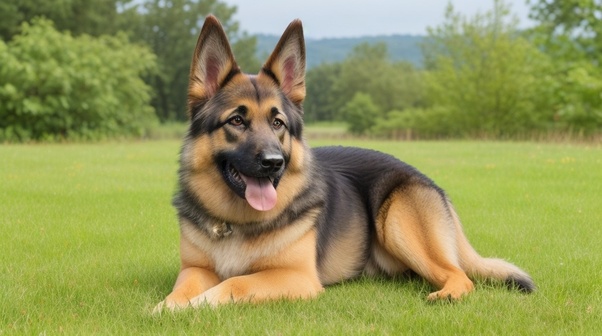
German Shepherd mating behavior and courtship rituals play a crucial role in the successful reproduction of German Shepherds. Understanding these natural instincts and behaviors is essential for breeders and enthusiasts alike.
Scent Marking and Communication
- Male Initiates Scent Marking: During the courtship phase, the male may engage in scent marking, leaving his scent to communicate his presence and interest to the female.
- Female Signals Readiness: The female, in turn, may exhibit receptive behaviors, such as a change in posture and a heightened interest in the male’s scent.
Body Language and Posture
- Playful Engagement: German Shepherds often engage in playful behaviors as part of their courtship. This may include playful chasing, pawing, and other interactive behaviors.
- Tail Positioning: Both the male and female may display specific tail positions to signal receptivity and interest.
Vocalizations
- Vocal Communication: German Shepherds may use vocalizations as a form of communication during courtship. This can include soft whining, barking, or other expressive sounds.
- Pitch and Tone Changes: Changes in the pitch and tone of vocalizations can convey specific messages between mating pairs.
Physical Contact
- Nuzzling and Nipping: Affectionate behaviors such as nuzzling and gentle nipping are common during courtship. These actions allow dogs to establish a bond and express interest.
- Mating Position: The female may adopt a specific mating position, allowing the male to mount during the actual mating process.
Significance of Observing and Understanding Courtship Rituals
Ensures Willing Participation
- Observing courtship rituals allows breeders to ensure that both the male and female are willingly participating in the mating process.
- Recognizing signs of discomfort or stress can help prevent forced mating, promoting a more positive experience for both dogs.
Optimizes Timing for Successful German Shepherd Mating
- Understanding the timing and cues of courtship helps breeders optimize the chances of successful mating.
- Identifying the peak of the female’s estrus cycle and the ideal time for mating increases the likelihood of conception.
Promotes Emotional Well-being
- Recognizing and respecting courtship rituals contributes to the emotional well-being of both dogs involved.
- Positive interactions during courtship can strengthen the bond between mating pairs and create a more positive breeding experience.
Prevents Behavioral Issues
- Observing courtship allows breeders to identify and address any behavioral issues that may arise during the German Shepherd mating process.
- Addressing these issues early on can prevent potential challenges in the breeding pair’s relationship.
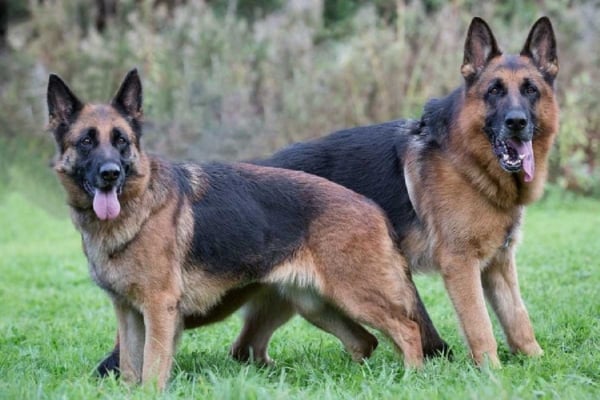
Reproductive Cycles of Female German Shepherds
Understanding the reproductive cycles of female German Shepherds and being attuned to the optimal timing for German Shepherd mating are crucial aspects of responsible breeding. Breeders should consider both the natural hormonal changes and behavioral cues to maximize the chances of successful conception and a healthy pregnancy
Estrus Cycle
- Proestrus (Approximately 9 days): This initial phase involves the preparation of the reproductive system. Female German Shepherds may exhibit signs such as vaginal discharge, increased urination frequency, and a swelling of the vulva.
- Estrus (Approximately 9 days): This is the fertile period when the female is receptive to mating. The discharge may change color and become more transparent. Behavioral changes, including increased friendliness and tail positioning, indicate the female is ready for mating.
- Diestrus (Approximately 60 days): If German Shepherd mating does not occur, the female enters a non-receptive phase. Hormonal changes prepare the body for pregnancy or return to a non-pregnant state.
Optimal Timing for Successful Mating
- Peak Fertility in Estrus: The optimal time for mating is during the estrus phase, specifically when the female is most receptive, usually around the 11th to 13th day of the cycle. This is when the eggs are mature, and conception is most likely.
- Monitoring Behavioral Signs: Observing behavioral changes, such as increased friendliness, flagging (raising the tail to the side), and standing still when approached by a male, helps identify the precise timing for successful German Shepherd mating.
- Vaginal Cytology and Progesterone Testing: Breeders may use techniques like vaginal cytology (microscopic examination of vaginal cells) and progesterone testing to pinpoint the optimal time for mating more accurately.
Factors Influencing Fertility
- Age and Reproductive Health: Young, healthy females typically have more regular and predictable estrus cycles. Older females or those with reproductive health issues may experience irregularities.
- Nutrition and Body Condition: Proper nutrition and maintaining an ideal body condition score contribute to reproductive health. Malnutrition or obesity can impact fertility.
- Stress Levels: Elevated stress levels, whether due to environmental changes, travel, or other factors, can affect the regularity of estrus cycles and impact fertility.
- Environmental Factors: Seasonal variations may influence the onset of estrus cycles, with some females displaying seasonal estrus patterns.
Breeding Soundness Examination
- Pre-Breeding Health Check: Conducting a thorough health examination before breeding ensures the female is in optimal reproductive condition. This includes checking for any underlying health issues that may affect fertility.
Reproductive History
- Previous Litters and Pregnancy: A female’s reproductive history, including the number of previous litters and the outcome of pregnancies, can influence future fertility.
- Postpartum Anestrus: After giving birth, females experience a postpartum anestrus period before returning to regular estrus cycles.
6 Techniques in German Shepherd Breeding
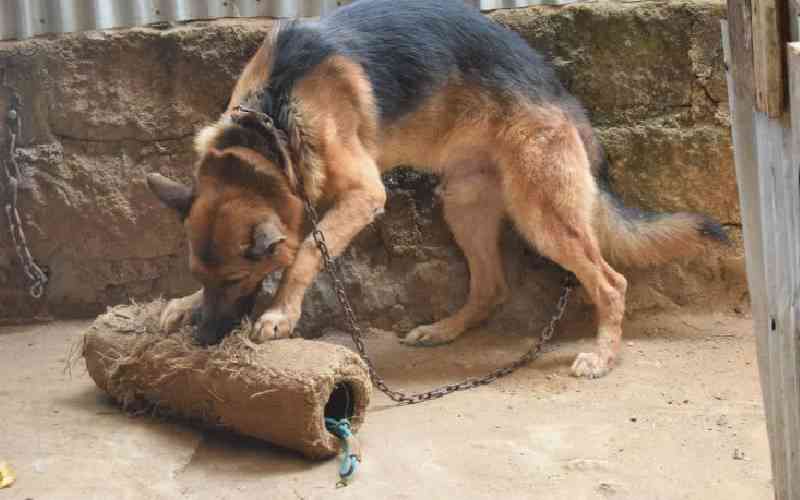
These breeding techniques contribute to responsible and ethical German Shepherd mating breeding practices. Combining scientific approaches, such as health screenings and genetic testing, with a deep understanding of the breed’s characteristics and behaviors ensures the well-being of the breeding pair and their offspring.
Selective Pairing
Careful selection of breeding pairs based on traits such as temperament, health, conformation to breed standards, and working abilities. Aim to minimize the risk of hereditary conditions by understanding the genetic background of potential mates.
Selective Pairing
Careful selection of breeding pairs based on traits such as temperament, health, conformation to breed standards, and working abilities. Aim to minimize the risk of hereditary conditions by understanding the genetic background of potential mates.
Artificial Insemination (AI)
AI allows breeders to control the mating process more precisely, overcoming geographical limitations. Useful for preserving genetic material from high-quality but aging or deceased dogs.
Natural Breeding Techniques
Allow dogs to mate naturally under controlled and supervised conditions. Observe natural German Shepherd mating behaviors and time breeding to coincide with the female’s fertile period.
Line Breeding and Out-crossing
Strategic breeding of dogs with a common ancestor to consolidate desirable traits. Care must be taken to avoid excessive inbreeding. Introducing new bloodlines to enhance genetic diversity. It helps reduce the risk of inherited health issues but requires a careful balance to maintain breed characteristics.
Nutritional Support
Ensure that breeding dogs receive a well-balanced diet rich in essential nutrients before German Shepherd mating. Provide specific nutritional support during pregnancy and lactation to promote the health of both the mother and the developing puppies.
Care and Nutritional Needs of Pregnant and Nursing German Shepherds
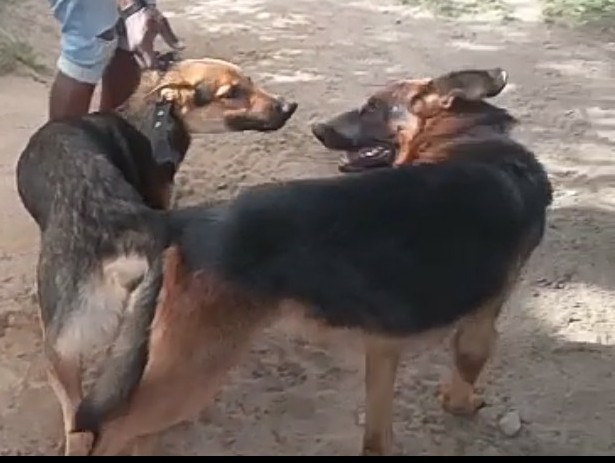
Pre-Mating Nutrition
- Optimal Health Before Breeding: Ensure that both the male and female are in optimal health before breeding.
- Balanced Diet: Provide a balanced and nutritious diet rich in essential nutrients, including protein, vitamins, and minerals.
Preventative Health Checks
- Pre-Breeding Vet Examination: Schedule a thorough veterinary examination before German Shepherd mating to identify and address any health concerns.
- Vaccinations: Ensure that the breeding pair is up-to-date on vaccinations to protect against common diseases.
Nutritional Support During Pregnancy
- Increased Caloric Intake: Adjust the pregnant dog’s diet to meet the increased energy demands. Consult with a veterinarian to determine the appropriate calorie intake.
- Quality Protein: Provide high-quality protein to support the growth of the developing puppies.
- Supplements: Consider supplements such as folic acid and calcium under the guidance of a veterinarian.
Nutritional Support During Nursing
- High-Quality Puppy Food: Transition the nursing mother to a high-quality puppy food to meet increased nutritional demands.
- Hydration: Ensure access to clean and fresh water at all times to support milk production.
- Gradual Weaning: Gradually introduce solid food to the puppies alongside nursing to facilitate a smooth transition to independent feeding.
READ ALSO
- A Comprehensive Analysis of King Shepherd vs German Shepherd: Exploring the Differences of 2 Shepherds
- The German Shepherd Belgian Malinois Mix: Complete Guide to German Shepherd Belgian Malinois Mix
- German Shepherd Mix Breed- Unveiling the Charm of German Shepherd Mixes
- How Fast Can a German Shepherd Run? Unraveling the Speed Secrets of German Shepherds
- Blue German Shepherd: Understanding the Fascinating World of Blue German Shepherd
FAQs
At what age is a German shepherd ready to mate?
A German shepherd reaches sexual maturity around 2 years of age. There are a few other more general factors to consider as well, such as ages for testing viability and even emotional maturity in females.
How do I know when my German shepherd is ready to mate?
Physical changes: As the female comes into heat, you may notice physical changes such as swelling of the vulva and a bloody discharge. These are all normal signs that the female is ready to breed. Behavioral changes: During heat, a female German shepherd may exhibit increased arousal and restlessness.
How many puppies will a German shepherd have?
German Shepherd Dogs can have anywhere from 1 to 15 puppies in a normal litter. While the average is 8 puppies per litter, larger litters are often expected.

